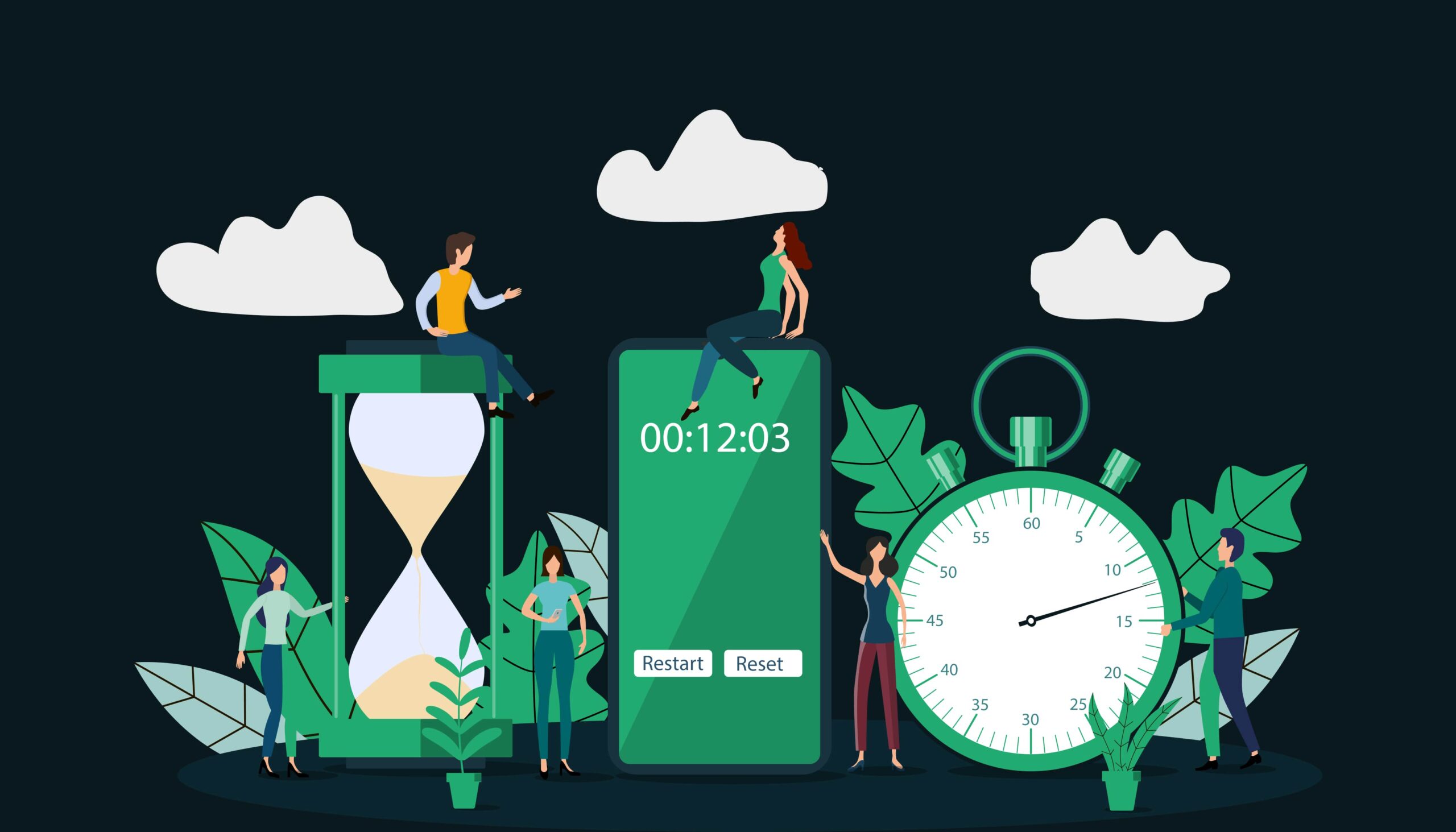The timetable for developing a mobile app might vary based on the type of app being built. A mobile gaming app, for example, may require substantial client testing and mobile application store clearance. In comparison, a mobile app for internal usage within a company may go from concept to launch in a matter of weeks.
The following is a summary of the mobile app development cycle and how long each step should take.
Step 01: Business Analysis (2-3 Weeks):
A business study determines if there is a market for the mobile application and whether building it corresponds with your business goals. You’ll need to gather information from a range of sources, including current customers, industry studies, and upcoming trends.
During this step, you will also need to develop a mobile application strategy that covers the mobile app specs, such as features and functionality. Make a specification and requirements document to outline the app’s intended function, purpose, user interface components, and other details.
The length of time it takes to do a business analysis is determined by how clear the app’s aim is. The analysis may be shortened if the app serves a specific business requirement.
Step 02: UI/UX Designing (3-4 Weeks):
The app’s user experience (UX) will be heavily influenced by its user interface (UI). The user experience (UX) of the app refers to how it will function for the user, which includes their journey through the app, navigation, task completion flow, and interaction with the brand and its products.
Basically, it’s about enabling the user to complete tasks within the app as quickly and easily as possible, whether it’s accessing information or paying with a credit card.
The app’s UI comprises practical features that contribute to the user experience, such as the color scheme, font pairings, spacing, responsive design, and more. These touch points are inextricably tied to how the user interacts with the software.
The time it takes to create the UI will be determined by the complexity of the app. It will take longer to create a functional user interface that gets positive user responses, and this is true regardless of how many panels there are or how many features and functionalities the app offers.
Step 03: Back End Development (6-8 Weeks):
The back end refers to the server-side programming in the mobile app that is in charge of transmitting and receiving data. Setting up data storage, data integration, server-side logic, user administration, and push alerts are all part of back-end development.
The mobile app back end will serve as the cornerstone for all mobile app development and could be used to incorporate more features in the future. Because your app’s back-end architecture supports its functionality, the more complicated the app’s purpose, the longer it will take to design the back end.
Step 04: Front End Development (6-8 Weeks):
The aspects that determine the UI and UX are referred to as the “front end.” The front-end development process includes wireframing, UI design, and UI development in addition to configuring the app’s cache (temporary data storage), data synchronization (which enables the app to run offline), and other features.
Internal testing is also carried out during this step to ensure that these items appear and work properly on the user’s end. Again, the timing is heavily influenced by the app’s operation and capabilities. If, however, issues with the front-end are found during testing and need to be fixed, it might take longer.
Step 05: Testing and Publication (3-6 Weeks):
Before an app can be released, it must be carefully tested. If you don’t, the user experience will suffer. The last thing you want is an app that has problems and glitches or one that doesn’t work properly. If this is the case, users will just abandon the app.
Many tests, such as functional testing, integration testing, and unit testing, must be carried out after the software is finished. The app must then be fixed and any other problems that were found dealt with before it could be released.
The more issues that are discovered, the longer it will take to accomplish this step. It should also be noted that internal testing is referred to as “alpha” testing. You may also wish to do secondary “beta” tests, which can potentially add to the project’s duration. Beta testing is carried out by real users in the target market and often takes three to four weeks to complete.
Step 6: Support and Maintainance:
The last step of development necessitates continuing mobile app support and maintenance from mobile developers. You’ll need to keep track of your app’s performance and respond to user comments.
During this period, you may need to resolve bugs in the app or answer customer concerns.
You might also need to update your software if you want to increase security and add new features and functionalities. As long as your app is in use, you must continue to offer support and upkeep. Since this stage depends on factors unique to each project, there is no anticipated timeline for it.
The Bottom Line:
Every day, it seems, a new app takes over our phones and laptops. The number of applications is increasing at an alarming rate, and it’s no surprise that so many people want to get in on the activity. But how long does it take to develop an app? What about the timetable for app development?
This post already shows you how long it takes to create your app from beginning to end. But the quality and features of the application define whether all that time given to that particular app was worth it or not. In order to maximize your time and financial investment in your ideal mobile application and produce a useful application that offers a once-in-a-lifetime experience to your users, turn to Zenkoders and its team of skilled developers.


